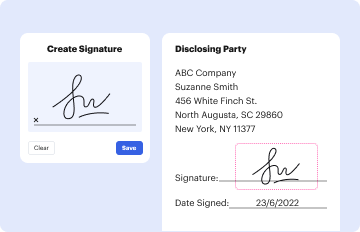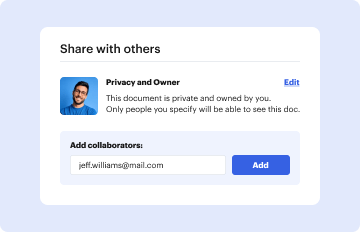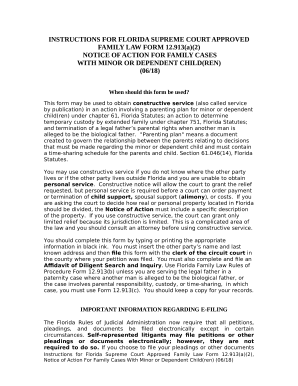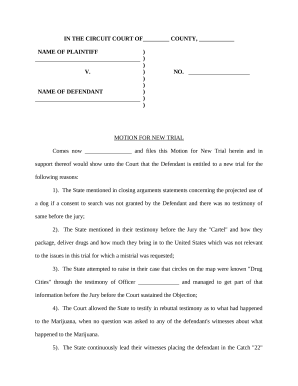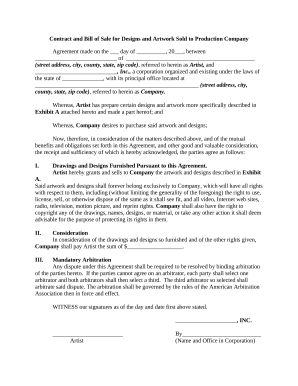Definition and Meaning of a Letter Settlement Offer
A letter settlement offer is a formal document presented by one party to another as part of negotiations to resolve a dispute outside of court. This type of letter typically includes terms for settling a claim, such as payment amounts, deadlines, and any conditions tied to the acceptance of the offer. The primary objective is to create a mutual agreement that serves as an alternative to litigation, helping both parties avoid the costs and time associated with a legal battle.
The offer is often a crucial step in the resolution process, as it lays out the specific details necessary for one party to accept and fulfill their end of the bargain. It is generally used in various contexts, including personal injury claims, business disputes, breach of contract cases, and more.
Key components might include:
- The date and participants involved.
- A clear statement outlining the offer terms.
- Any deadlines for the acceptance of offered terms.
- A description of consequences should the offer not be accepted, potentially including future legal actions.
How to Use the Letter Settlement Offer Effectively
Using a letter settlement offer effectively involves several key strategies to ensure clarity and mutual agreement. First, it is essential to thoroughly understand the situation at hand. Parties must assess their positions, consider the implications of a settlement, and gather any supporting documentation needed.
Once you have crafted the letter, follow these steps to enhance its effectiveness:
-
Be Clear and Concise: Ensure the language used in the letter is straightforward and devoid of legal jargon, allowing for easy understanding by all parties involved.
-
Outline Specific Terms: Detail the proposed settlement terms clearly, including monetary amounts, deadlines, and any necessary actions required from both sides.
-
Emphasize Mutual Benefit: Highlight how the offer aims to benefit both parties and the potential risks of not reaching a settlement, reinforcing the rationale behind the proposal.
-
Document Everything: Keep a copy of the settlement offer letter. This serves as a reference point and can be critical if further legal actions need to be pursued.
-
Follow-Up: After sending the letter, proactively reach out to establish communication and gauge the other party's response to the settlement offer. This can facilitate a quicker negotiation process.
Important Terms Related to Letter Settlement Offer
Several terms are commonly associated with a letter settlement offer that individuals should be familiar with to enhance understanding and facilitate negotiations:
-
Release of Claims: This is often included in a settlement offer to indicate that upon acceptance, the claimant agrees not to pursue further legal actions related to the matter addressed in the letter.
-
Counteroffer: This occurs when the receiving party responds with different terms than those outlined in the original settlement offer. Understanding this process can lead to a more fruitful negotiation.
-
Terms and Conditions: These are the specific requirements laid out in the letter regarding what must occur for the settlement to be valid. This might include payment deadlines or completion of specific actions.
-
Consideration: Referring to something of value exchanged between the parties involved, whether a monetary amount or an agreement to fulfill specific conditions.
Being familiar with these terms will equip individuals to navigate the negotiation and settlement process more effectively.
Key Elements of a Letter Settlement Offer
When drafting a letter settlement offer, certain key elements are fundamental to ensure the document serves its intended purpose effectively. Including these elements helps establish a clear understanding between both parties:
-
Introduction: Start with a formal introduction that outlines the purpose of the letter, clearly identifying the parties involved and the context of the dispute.
-
Settlement Terms: Specify details regarding the settlement, such as the amount offered for settlement, due dates, and any conditions precedent to the settlement becoming finalized.
-
Acceptance Instructions: Clearly outline the process for acceptance, including how and when the other party should respond. Indicate any necessary documentation that should accompany their acceptance.
-
Consequences of Non-Acceptance: Include a section that explains what happens if the offer is not accepted, such as potential legal actions or seeking further remedies.
-
Conclusion: Conclude with a reinforcing statement that encourages resolution and signals openness to further discussion.
Incorporating these elements in a structured manner within the letter allows for a comprehensive understanding of the offer and paves the way for a smoother negotiation process.
Examples of Using a Letter Settlement Offer
To illustrate the application of a letter settlement offer, consider several practical scenarios:
-
Personal Injury Claim: An individual involved in an accident may send a settlement offer to the insurance company outlining their medical expenses, lost wages, and other damages. The offer would detail a specific monetary figure they are willing to accept for a settlement.
-
Business Dispute: A contractor may present a letter settlement offer to a client disputing a payment. This letter would outline the work completed, the amount owed, and a proposed schedule for payment, potentially avoiding the need for legal intervention.
-
Breach of Contract: In instances where one party did not fulfill their contractual obligations, a letter could be sent proposing how the breach could be resolved, including a payment arrangement or specific actions to remedy the situation.
In each of these cases, the letter settlement offer serves as a foundational tool for negotiating a resolution that satisfies both parties and avoids the complications of litigation.


